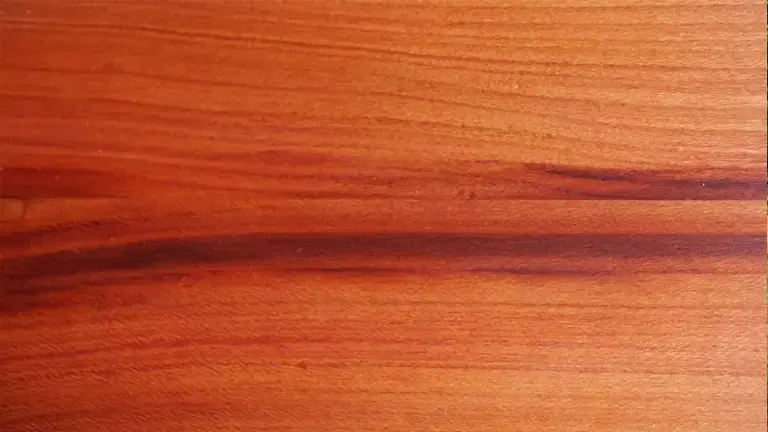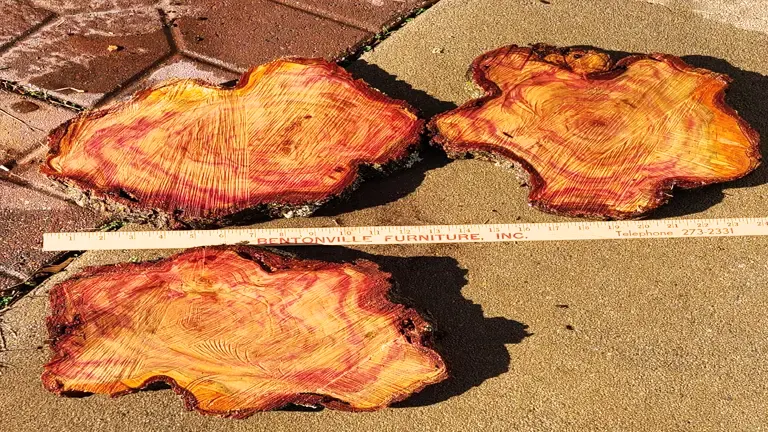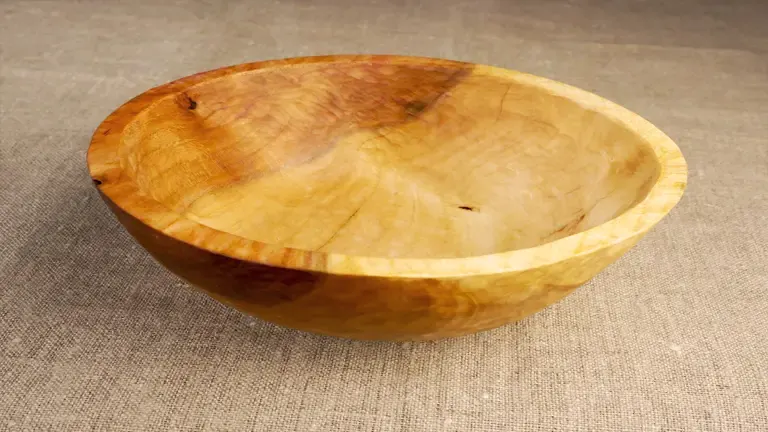Plum Lumber
- August 1, 2023
- 0 comment
Plum lumber, harvested from various species within the Prunus genus, boasts a rich history of being valued for its unique attributes and versatile utility. As a hardwood, it offers a remarkable combination of moderate density and an alluring appearance, making it a sought-after option for artisans and woodworkers alike.

The wood’s inherent charm lies in its captivating grain patterns, which can exhibit straight, wavy, or even curly features, lending an enchanting allure to any finished piece. With colors ranging from reddish-brown to purplish-brown, plum lumber’s warm and distinctive hues add an inviting touch to both functional and decorative projects, turning them into stunning works of craftsmanship.
This exceptional material’s appeal extends beyond its aesthetic allure, as plum lumber also boasts excellent workability characteristics. Woodworkers find it accommodating to hand and machine tools, allowing for seamless cutting, gluing, and fastening. While its hardness may warrant pre-drilling for nails and screws, the overall ease of handling contributes to a gratifying woodworking experience. However, prudent care must be taken to ensure that plum lumber remains protected from moisture and outdoor elements, as it lacks natural resistance to rot. As a conscious choice for environmentally responsible sourcing becomes paramount in today’s world, selecting plum lumber from sustainable suppliers ensures the continuation of its unique offerings and fosters a harmonious balance between human needs and ecological well-being.
| Property | Description |
|---|---|
| Common Name(s) | Plum |
| Scientific Name | Various species within the genus Prunus |
| Distribution | Grows in temperate regions around the world |
| Tree Size | Medium-sized trees, typically 20-40 feet tall |
| Avg. Dried Weight | Varies among species; generally ranges from 34-40 lbs/ft3 |
| Specific Gravity | Typically around 0.56-0.64 |
| Janka Hardness | Varies among species; generally between 850-1100 lbf |
| Modulus of Rupture | Approximately 10,000-16,500 psi |
| Elastic Modulus | Around 1.5-2.0 million psi |
| Crushing Strength | Roughly 5,600-9,200 psi |
| Shrinkage | Low to moderate |
Color/Appearance:
Plum lumber presents a captivating range of colors that span from reddish-brown and purplish-brown to warm yellow-brown tones. The heartwood and sapwood can display distinct contrasts, enhancing its visual appeal and providing woodworkers with artistic possibilities. The diverse color palette ensures that each piece of plum lumber carries a unique charm, making it an attractive choice for both functional and decorative projects.


Grain/Texture:
Plum lumber exhibits predominantly straight grain patterns, contributing to a clean and elegant appearance. However, it also delights with occasional instances of wavy or curly figure, adding a touch of intrigue to finished pieces. The wood’s fine to medium texture imparts a smooth and pleasing feel, making it ideal for applications where tactile qualities are valued.
Rot Resistance:
Despite its remarkable qualities, plum lumber is not naturally resistant to decay or rot. As a result, it is best suited for indoor projects or areas shielded from exposure to harsh environmental elements. To prolong its lifespan, proper finishing and protective coatings are essential when considering outdoor applications.
Workability:
Plum lumber is a woodworker’s dream due to its excellent workability. The wood responds well to both hand and machine tools, making cutting and shaping a smooth and efficient process. It also holds nails and screws securely, facilitating sturdy joinery. However, its moderate hardness may necessitate pre-drilling when using fasteners to prevent splitting.
Odor:
Working with plum wood offers the additional delight of a mild and pleasant scent, further enriching the woodworking experience. This subtle fragrance contributes to the sensory enjoyment of crafting with this exquisite material.
Allergies/Toxicity:
Plum wood is not known to cause widespread allergic reactions. Nevertheless, individuals with specific sensitivities to wood species should exercise caution and utilize appropriate protective measures while working with it.
Pricing/Availability:
While not as readily available as some other hardwoods, plum lumber can be sourced from specialty lumberyards. Its price may vary depending on its rarity, demand, and the location of purchase. Due to its unique characteristics, plum lumber may carry a slightly higher price tag compared to more common wood species.
Sustainability:
Like many valuable hardwoods, the sustainability of plum lumber depends on responsible sourcing and management practices. Given its moderate availability and potential for overharvesting, it is crucial to obtain plum lumber from reputable and sustainable suppliers to ensure the continued growth of plum trees and maintain ecological balance.
Common Uses:
Plum lumber’s versatility lends itself to a broad range of woodworking projects. From crafting exquisite cabinetry and furniture to turning it into intricate objects and musical instruments, plum wood demonstrates its adaptability and artistic allure. Its aesthetic qualities make it equally fitting for decorative purposes, allowing it to grace interior spaces with its natural beauty.



There are various species of plum trees that may produce lumber with distinct characteristics. Some of the species that could be used for woodworking purposes include:
- European Plum (Prunus domestica): European Plum trees are widely grown for their fruit production, but they can also produce lumber. The wood from European Plum is known for its rich reddish-brown to purple-brown colors and attractive grain patterns, which can range from straight to wavy or curly. European Plum lumber is valued for its ornamental use in cabinetry, furniture, and other decorative woodworking projects.
- American Plum (Prunus americana): American Plum is a native plum species found in North America. The wood from this tree is generally more limited in supply compared to other hardwoods, but it can have a pleasant reddish-brown color and fine grain. American Plum lumber may be utilized for smaller woodworking projects and turned objects.
- Cherry Plum (Prunus cerasifera): Cherry Plum trees produce small, cherry-like fruits and can also yield lumber. The wood from Cherry Plum is typically light reddish-brown with a straight grain. It is occasionally used for specialty woodworking projects and turned items.
- Japanese Plum (Prunus salicina): The Japanese Plum is primarily cultivated for its fruit, but the wood can also be utilized in woodworking. The lumber from Japanese Plum can have a reddish-brown color and straight grain, suitable for various indoor applications.
FAQs:
- Is plum lumber suitable for outdoor use?
Plum lumber is not recommended for outdoor applications, as it lacks natural resistance to decay and rot. If used outdoors, it should be appropriately treated and protected against moisture. - What is the average cost of plum lumber?
The pricing of plum lumber can vary based on its availability and demand. As a less common hardwood, it may be relatively more expensive compared to more abundant species. - Can plum lumber be stained or finished easily?
Yes, plum lumber can take stains and finishes well, enhancing its natural beauty and color. It is advisable to conduct a test on a scrap piece to determine the desired outcome. - Is plum lumber a sustainable choice?
Sustainability depends on responsible sourcing and management practices. Opt for certified plum lumber from reputable suppliers to support sustainable forestry practices. - Does plum lumber have any unique properties?
Plum lumber is known for its distinct coloration, featuring shades of reddish-brown and purple. Its grain patterns, such as curly or wavy figure, can add a touch of uniqueness to projects.










Leave your comment